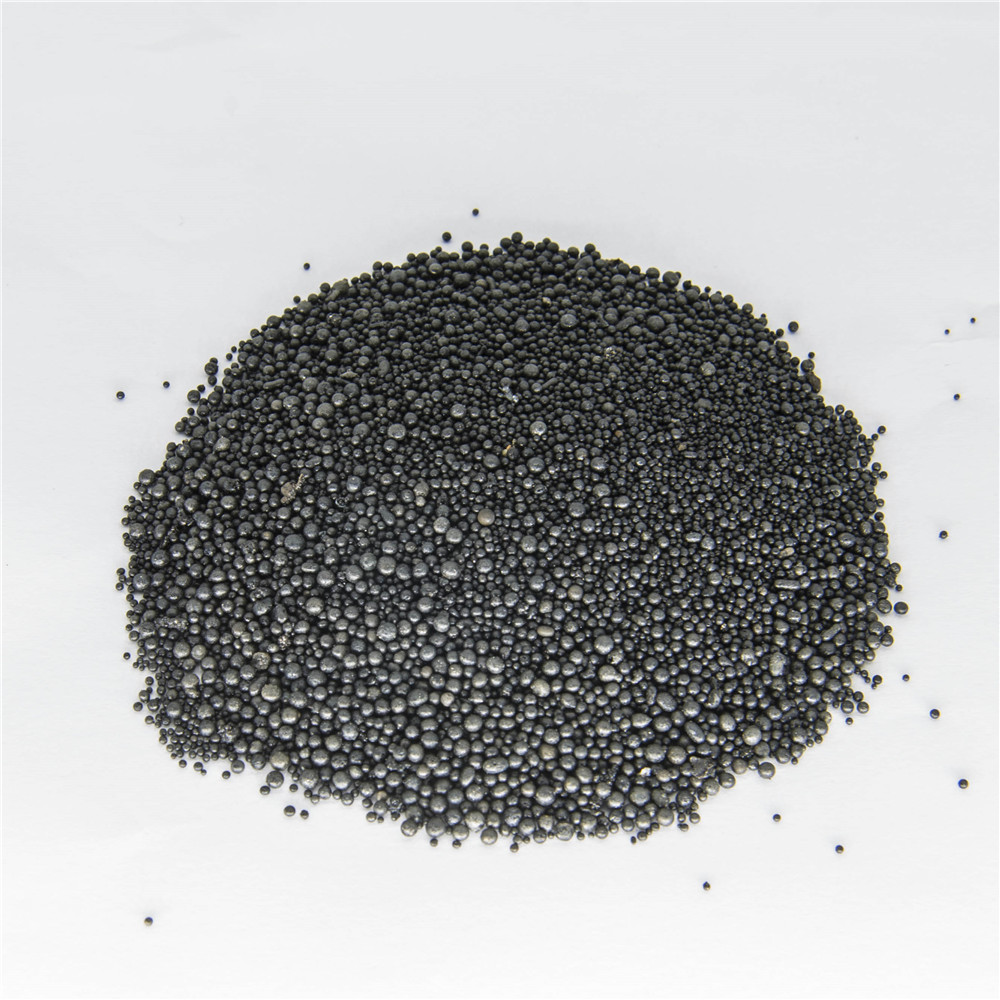What is ceramic Shell Investment Casting
Ceramic Shell Investment Casting (CSIC) is a shaped casting technology with Cerami casting sand.
The main difference between investment casting and ceramic shell investment casting is that, in the former process, before dewaxing the wax pattern, it is immersed in a refractory aggregate. Whereas in the ceramic shell investment casting, a ceramic shell gets built around the tree assembly through repeated dipping of the pattern into a slurry (refractory material such as zircon with binder). After getting the required thickness of the cross-section, the tree assembly is de-waxed. The shell obtained is further immersed in a refractory coating and the metal is poured into it.
In this process, a wax pattern/assembly is first dipped into a ceramic slurry bath for its primary coating. Thereafter, the pattern is withdrawn from the slurry and is manipulated to drain the excess slurry to produce a uniform coating layer. The wet layer further stuccoes through sprinkling the relatively coarse ceramic particles on it or by immersing it into such a fluidized bed of particles. The ceramic coating is built by successive dipping and stuccoing process. This procedure is further repeated till the shell thickness as desired is obtained. Upon completion, the entire assembly is placed into an autoclave or flash fire furnace at a high temperature. In-order to burnout out any residual wax, the shell is heated to about 982℃ which helps to develop a bonding of high-temperature in the shell. Such molds are stored for future use wherein they are preheated for removing the moisture content from it and then, molten metal can be poured into it.

